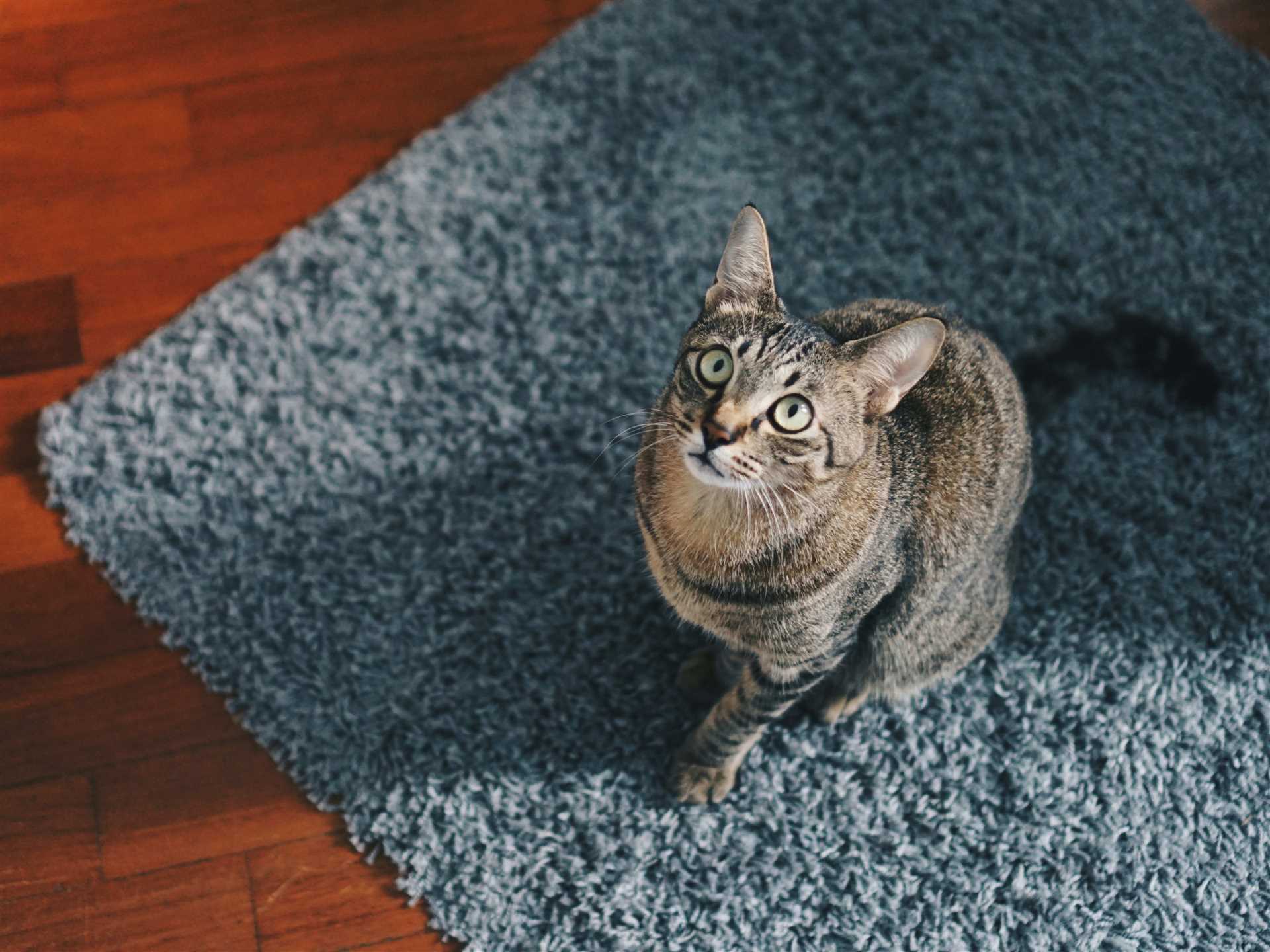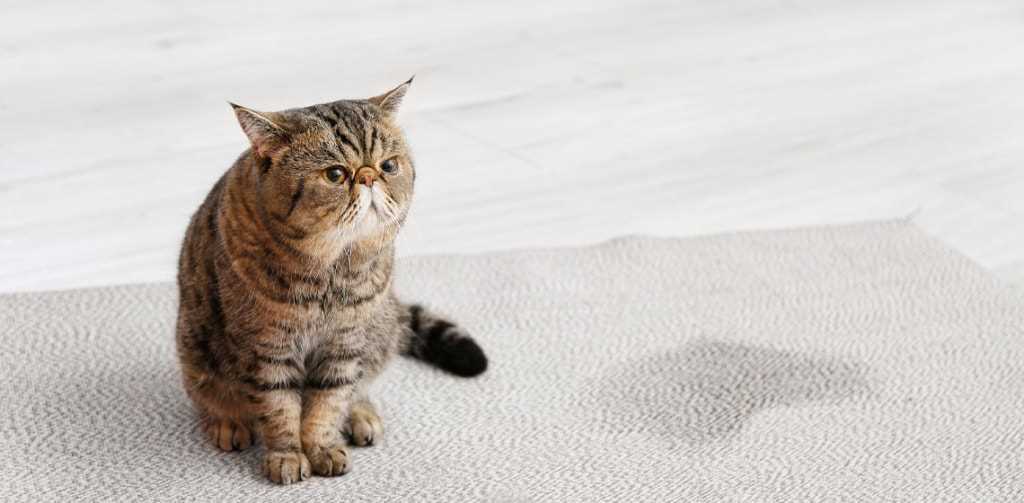



For an immediate solution, grab some baking soda and sprinkle it generously over the affected area. Let it sit for at least 15 minutes to absorb the unpleasant odor. Afterward, vacuum it up thoroughly. This simple trick works wonders in neutralizing unwanted scents.
Another effective strategy involves mixing equal parts of white vinegar and water in a spray bottle. Lightly mist the area, ensuring it’s damp but not soaking wet. The vinegar’s acidity will help break down the odor-causing elements. Rinse with water after 10 minutes and blot dry.
Utilizing enzymatic cleaners can be a game-changer. These specialized products break down the compounds responsible for the unpleasant aroma. Follow the instructions carefully, applying the cleaner and allowing it to work for the recommended time.
For persistent odors, consider using a steam cleaner. The heat and moisture effectively penetrate the fibers, helping to lift and eliminate lingering scents. Just be cautious with the amount of water you use, as too much can lead to mold growth.
Lastly, keeping windows open and allowing fresh air to circulate can make a significant difference. Natural ventilation helps disperse unwanted odors and promotes a fresher atmosphere in your living space.
Effective Solutions for Lingering Odors

Combine equal parts white vinegar and water in a spray bottle. Spray the affected area generously and let it sit for 10-15 minutes. Blot with a clean cloth to absorb moisture and odor.
Enzymatic Cleaners
Use enzymatic cleaners specifically designed for pet issues. Follow the instructions on the label for optimal results. Apply the cleaner, allow it to penetrate, and then blot away excess liquid.
Natural Absorbents
- Baking soda works wonders. Sprinkle it over the area, let it sit overnight, and vacuum it up the next day.
- Activated charcoal can absorb odors effectively. Place it in a breathable bag and leave it near the affected spot.
Remember to test any solution on a small, inconspicuous area first to ensure it won’t damage the fabric. Regular cleaning and maintenance will help keep your space fresh and pleasant.
Identifying the Source of the Odor
To tackle lingering scents, pinpoint the exact area where the issue originates. Use a black light in a dark room to reveal markings that are invisible under normal light. The glow will help you locate spots that need attention.
Check for discoloration or texture changes in the fabric, as these can indicate problem areas. Gently press the carpet to detect dampness, which may signal recent incidents.
Pay attention to behavior patterns. If I frequently revisit specific locations, it may mean there’s an underlying reason for it that needs addressing.
Consider these steps:
- Inspect under furniture, as accidents can happen in less visible spots.
- Follow your nose; different areas may possess varying intensities of odor.
- Use a cloth to blot suspected areas and see if it absorbs moisture.
Understanding the source aids in effective cleaning strategies, ensuring your space remains fresh and inviting.
Choosing the Right Cleaning Solution

For effective treatment of those stubborn odors, I recommend using enzymatic cleaners. These products are specifically designed to break down the compounds responsible for unpleasant aromas. Look for options that contain live enzymes; they target the source rather than just masking it.
Another alternative is vinegar and baking soda. Mixing equal parts of white vinegar with water in a spray bottle can help neutralize the scent. After applying, sprinkle baking soda on the area, let it sit for a few hours, then vacuum it up. The combination works wonders.
Commercial Products
When selecting a store-bought solution, check the label for safe ingredients, especially if you have pets. Always test a small area first to ensure the cleaner won’t damage your flooring. Some popular brands include Nature’s Miracle and Rocco & Roxie, both of which have proven effective in my experience.
DIY Alternatives
If you prefer homemade options, consider mixing hydrogen peroxide with a few drops of dish soap. Apply it directly to the affected area, but ensure it doesn’t bleach your carpet. Always rinse thoroughly with water afterward.
Remember, consistency is key. Regular cleaning and maintenance help prevent future issues. And by the way, while grooming is essential, don’t forget to check out the best brush for medium hair cats to keep your fur looking fabulous!
Applying the Cleaning Solution Properly
First, ensure the area is well-ventilated. Open windows or turn on fans to help the solution work effectively. For tackling the issue, I recommend using a spray bottle to distribute the cleaner evenly. Hold the bottle about 6 inches away from the surface for better coverage.
Next, saturate the affected area without overdoing it. Too much liquid can soak into the padding, making it harder to address the problem. Make sure to cover the entire spot, as any missed areas can lead to lingering odors.
Allow the cleaning agent to sit for the recommended time, usually around 10 to 15 minutes, to penetrate and break down the substances causing the odor. This waiting period is crucial for achieving optimal results.
After waiting, gently blot the area with a clean, absorbent cloth or paper towel. Avoid rubbing, as this can spread the stain and make things worse. Keep blotting until the area feels dry and no more liquid is being absorbed.
If the scent persists, repeat the application. Sometimes, multiple treatments are necessary to eliminate stubborn odors completely. Always remember to follow the specific instructions on the cleaner’s label for best practices.
Finally, once satisfied, allow the area to air dry fully. You can place a fan nearby to speed up the process. Once dry, check for any residual scent to ensure everything is back to normal.
Using Enzymatic Cleaners for Best Results
Enzymatic cleaners are my go-to for tackling pesky odors. These magical solutions break down the proteins in messes, effectively neutralizing the problem rather than just masking it. Look for products with specific enzymes that target ammonia and uric acid, as these are the main culprits behind lingering scents.
When selecting an enzymatic cleaner, check for the following:
| Feature | Importance |
|---|---|
| Specificity | Targets odors caused by pets |
| Non-toxic Formula | Safe for pets and humans |
| Fast-acting | Reduces waiting time for effective results |
Application is straightforward. Saturate the affected area, ensuring the cleaner penetrates deep into the fibers. Allow it to sit for the recommended time to let the enzymes work their magic. Rinse with clean water afterward, and watch as the unwanted scents disappear.
For additional tips, you might find it helpful to learn how to lower the nitrate level in a fish tank, as maintaining a clean environment is key for both pets and aquatic life.
Deodorizing the Carpet After Cleaning

To freshen up the fibers after cleaning, sprinkle baking soda evenly across the area. Let it sit for at least 15 minutes, or longer for stronger odors. Baking soda absorbs lingering scents effectively.
Using Essential Oils

Mix a few drops of your favorite essential oil with water in a spray bottle. Lightly mist the carpet, ensuring it’s not too wet. Oils like lavender or lemon can add a pleasant aroma while also providing natural antibacterial properties.
Ventilation is Key
Open windows and doors to allow fresh air to circulate. A fan can help speed up the process. Proper airflow helps to dissipate any remaining odors and promotes quicker drying of the carpet.
Preventing Future Accidents on Carpets
Setting up designated areas for my litter box is key. I always make sure it’s clean and easily accessible. A tidy space encourages me to use it instead of the floor.
Regularly monitoring my behavior helps catch any signs of discomfort or stress. If I’m hesitant to use the box, it might mean something’s off, like an issue with the litter or my health. Quick vet visits can sort this out.
Using calming products, such as pheromone diffusers, can create a more relaxed atmosphere at home. When I’m calm, I’m less likely to have accidents.
Incorporating playtime and exercise into my daily routine reduces anxiety and boredom. Engaging toys and interactive sessions keep me entertained and focused on fun rather than mischief.
Keeping the environment clean and my belongings organized minimizes any triggers. If I sense something unusual or unpleasant in my surroundings, I might react unpredictably.
Lastly, rewarding me for using my designated area reinforces good behavior. Treats or praise when I use my litter box helps me understand what’s expected and encourages me to continue.









